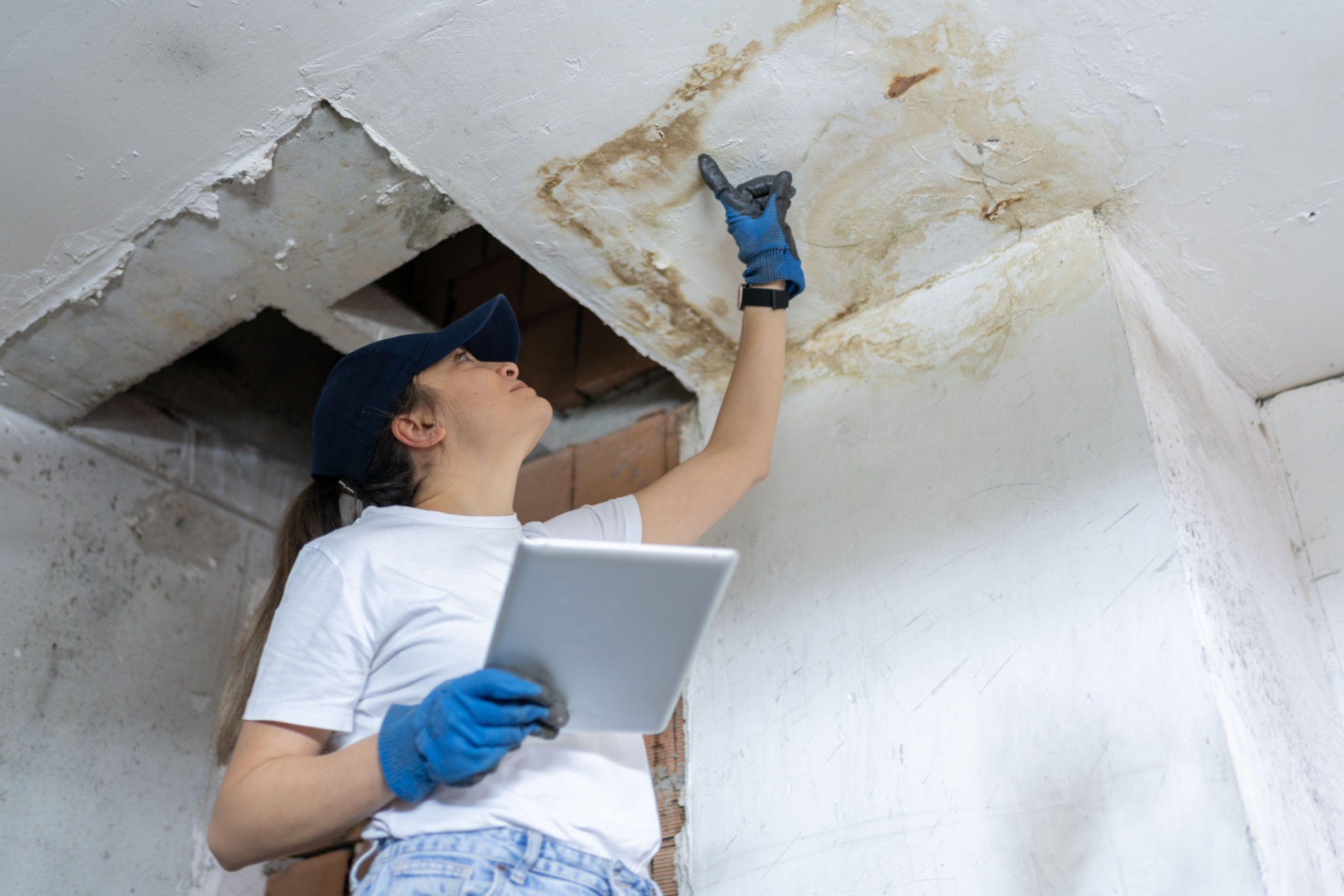DIY Tips: Safely Assembling Scaffolding for Home Renovations
Understanding the Importance of Scaffolding
Embarking on home renovation projects often requires a stable and secure platform, and scaffolding is essential for ensuring safety at elevated heights. Whether you're repainting your home, installing new windows, or working on the roof, scaffolding provides the necessary support to complete these tasks efficiently and securely.
Before you dive into assembling scaffolding, it's crucial to understand its importance. Properly assembled scaffolding not only facilitates ease of access but also minimizes the risk of accidents. Taking the time to set it up safely is a worthwhile investment in your project's success.

Gathering the Right Tools and Materials
To begin your DIY scaffolding assembly, ensure you have all necessary tools and materials at hand. Here's what you'll need:
- Scaffolding frames and cross braces
- Base plates or mudsills
- Planks or platforms
- Guardrails
- Level and measuring tape
- Pins or locking devices
Having a complete inventory of these items before starting will make the process smoother and more efficient.
Inspecting Your Equipment
Before assembly, inspect all parts for any damage or wear. Look for cracks, rust, or bent components that could compromise safety. Do not use any damaged parts, as this could lead to accidents. If necessary, replace faulty components before proceeding.

Setting Up a Solid Foundation
The foundation is a critical component of scaffolding stability. Begin by placing base plates or mudsills on a firm and level surface. This ensures that the scaffolding stands securely and reduces the risk of tipping over.
Leveling and Securing the Structure
Once your foundation is set, assemble the frames and cross braces. Use a level to ensure that each section is perfectly aligned. Secure each joint with pins or locking devices to prevent any movement during use. Consistent leveling at every stage of assembly is crucial for safety.

Installing Platforms and Guardrails
After securing the frames, it’s time to install the platforms where you'll be standing. Ensure that planks are sturdy and extend across the full width of the scaffolding. Secure them properly to prevent slipping or tipping while in use.
Next, install guardrails on all open sides of the scaffolding. Guardrails are essential for preventing falls and should be at least 39 inches above the platform level. Make sure they are firmly attached and capable of withstanding pressure.
Final Safety Checks
Once assembly is complete, conduct a thorough safety check before using your scaffolding. Confirm that all parts are secure, guardrails are in place, and there is no wobbling or instability. Test the structure by gently shaking it to ensure it remains firm.

By following these guidelines, you can safely assemble scaffolding for your home renovation projects. Remember that safety should always be your top priority. With careful preparation and attention to detail, you can complete your renovations efficiently without compromising on safety.
